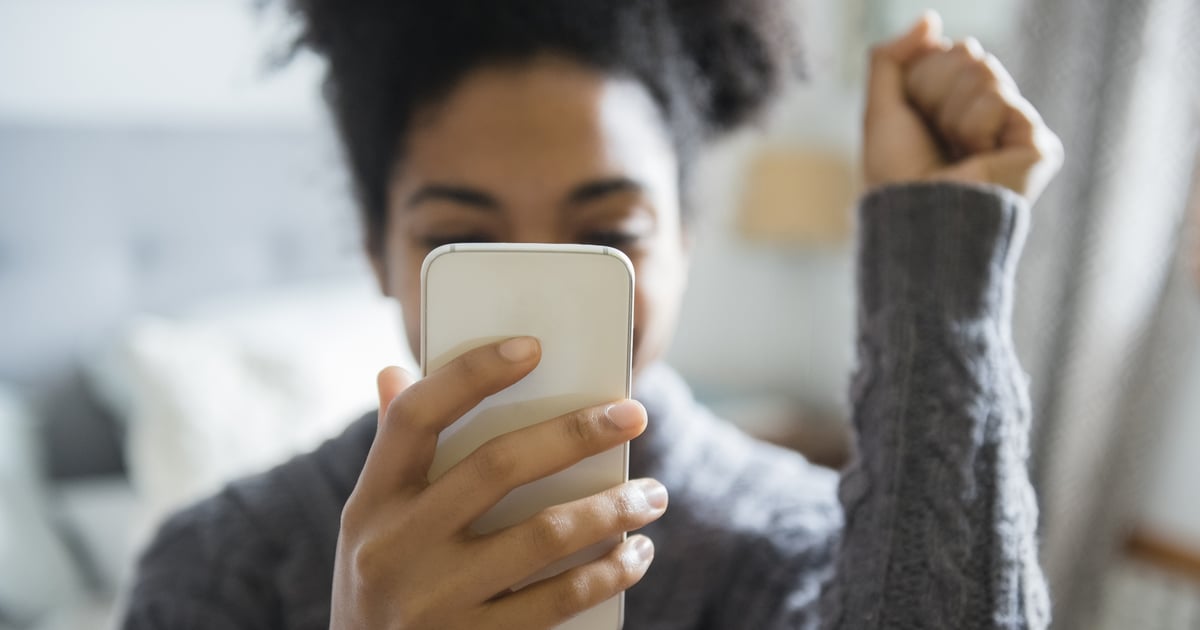At first, all the video calls and virtual meetings were kind of fun. They were opportunities to catch up with friends or family and ways to fill up days that were suddenly empty; there was the novelty of new technology and Harry Potter Zoom backgrounds to jazz up work calls. But weeks turned into months, and for many of us, the endless stream of work meetings, family chats, and Zoom happy hours has started to feel like another source of anxiety and fatigue.
The issue is that many of us are already feeling overwhelmed, said Risa Williams, LMFT, a licensed therapist and online life coach in LA. Job insecurity and fears about health, our own and those of our loved ones, take up an enormous amount of mental energy. If you’re able to work from home, you’re likely working longer hours, not taking lunch breaks, and “losing the time boundaries [you] had before in an office setting,” Williams explained. And we’re spending more time on our screens than ever before, as our weekly iPhone screen reports so helpfully remind us. “We’ve all had to adjust to more Zoom calls, more emails and texts,” Williams said. “Sometimes this leads to digital fatigue, and wanting to withdraw from connecting online socially.”
The fact of the matter is that digital communication, while often effective, “doesn’t offer the same level of unspoken connection with another person,” said psychotherapist Elizabeth Scarlett, cofounder of Behavior Elevation Academy, who works with professional women to prevent online burnout. Our brains are fielding all the same stressful social stimuli as in a conversation, “but without production of our social-hormone oxytocin, it doesn’t feel as good,” said Allison G. Johnsen, LCPC, BCC, manager of behavioral health at Central DuPage Hospital and Delnor Hospital. “We are losing simple touch, handshakes, hugs, plus the nonverbal communication that enriches our human experiences.” We get irritated and burnt out with digital communication because “it ultimately isn’t the human interaction we truly long for,” said psychotherapist Laura F. Dabney, MD.
Unfortunately for many of us, the days of Zoom meetings and family Skype chats don’t seem to be going away anytime soon. The question then becomes how we can manage that burnout and prioritize our own mental health, while continuing to tune in for our jobs and connect with family and friends. It’s all about striking a balance and communicating, therapists say — so we asked them exactly how you can do that, without stepping on toes or isolating yourself. Read on for their tips on setting boundaries and how you can implement them into your stay-at-home life now.
